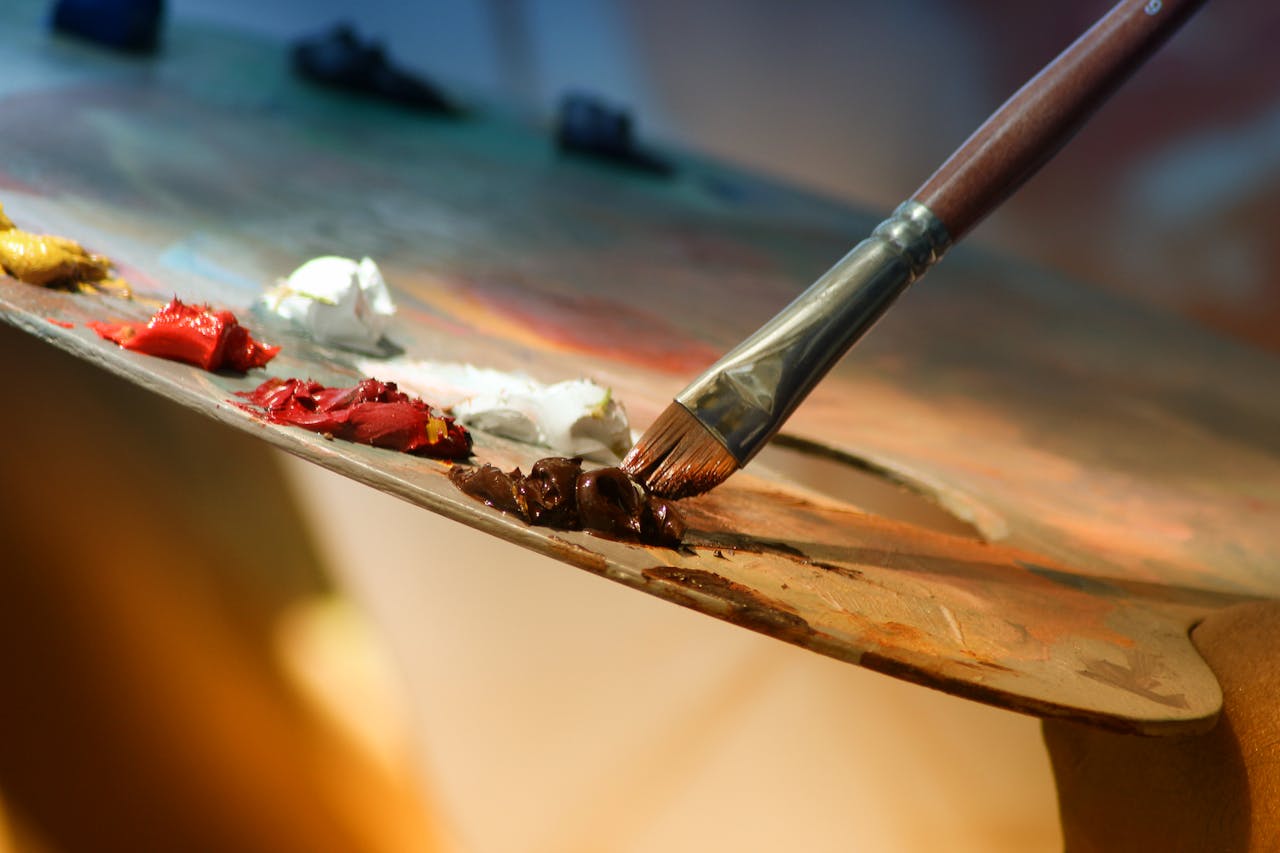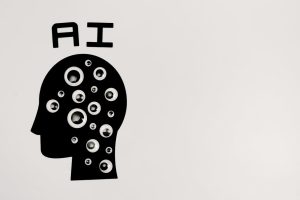Back in 2022, a piece titled Théâtre D’opéra Spatial won first prize at the Colorado State Fair’s digital art competition.
But when organizers revealed that the piece was generated using Midjourney, an AI tool, the mood instantly shifted. Several human artists stormed out of the venue in protest.
The vibe that day? “Did we just get outplayed by a machine?”
By 2025, incidents like this are no longer shocking. AI doesn’t just paint and compose anymore—it competes for awards, wins over audiences, and now even challenges who gets to define “art.”. So, Is AI in Art Like Doping in Sports?
Is AI Really Creating, or Just Remixing?
Before we pick a side, let’s break down what AI actually does.
You prompt it with something like “steampunk-style Paris opera house,” and Midjourney spits out a stunning image. Or you ask, “write me a folk song about heartbreak,” and Suno delivers a full-on track—melody, lyrics, even the instruments.
According to Adobe’s 2025 Creative Report, 72% of U.S. graphic designers admit to using AI tools in their work.
Here’s the big question: if you generate a visual with AI and then tweak it, is the final piece still your original art?
And more importantly: can AI even be considered “creative” in the human sense?
One artist put it bluntly:
“AI isn’t a paintbrush—it’s a soulless transcriptionist that just copies better and faster.”
Is the Doping Analogy Fair?
A hot analogy that’s gained traction lately is:
“AI in art is like doping in sports.”
It makes you faster, stronger, and helps you break limits. But just like doping, it’s also controversial. In sports, doping is banned for being unfair and harmful.
So what about in art?
AI doesn’t harm your body, but is it undermining the fairness of creative work?
In 2025, the European Parliament introduced a draft policy that says:
“If AI contributes more than 50% to a creative work, it must be disclosed and cannot be entered into traditional competitions.”
Translation: you can use AI, but you have to be transparent. Want to compete for awards? Use your own hands.
If someone hides their AI use—would that be cheating too?
The Art World Is Divided—and Loud About It
This debate isn’t just academic anymore. In 2025, it’s turned into a business war across platforms like Spotify, Behance, and YouTube.
The Pro-AI Side: It’s Just a Tool—The Artist Still Matters
- Canadian musician Grimes even licensed her voice to be used in AI-generated music, saying:
“Go ahead and clone my voice—as long as I get paid.” - The UK’s Royal College of Art openly declared:
“AI can be a co-creator for tomorrow’s artists.”
The Anti-AI Side: Emotionless, Soulless—Art by Algorithm
- Australian visual artist Nick Cave blasted AI art:
“AI doesn’t feel pain or love. How can it express what it doesn’t understand?” - ArtStation created a dedicated “No-AI” category, where only fully human-made works are allowed.
Spotify reports that over 100,000 AI songs are uploaded daily in 2025, with AI albums seeing a 163% year-on-year sales increase.
When you hit play, you might not even know if it’s human or machine.
Is AI Art Really Soulless?
Let’s think about it.
We connect with art because we know a person suffered, remembered, or dreamed while making it. That backstory carries emotion.
AI doesn’t have that. It doesn’t “miss someone,” “fear failure,” or “fall in love.”
I asked Suno to create a song about losing a father.
It nailed the lyrics. The melody was haunting. But when I listened, I felt… nothing.
Because I knew—it never lost anyone. It just calculated the aesthetics of loss.
So maybe the real question is:
Is emotion necessary for art?
Or have we romanticized the idea that true art must come from suffering?
Can We Regulate AI in Art? And Should We?
Right now, countries are taking very different approaches:
- Europe: Tight regulations, mandatory AI-disclosure
- USA: Looser, relying on industry self-regulation
- China: Focuses on copyright and traceability for AI content
Art platforms are adapting too:
- Behance: Now requires AI tags
- ArtStation: Divided AI vs. non-AI sections
- Spotify: Creates separate AI music categories
- Getty Images: Fully bans AI-generated content
AI in art is here to stay. The question is—how do we live with it?
As one UK critic said:
“AI is like that intern in your studio who never sleeps, never complains, and never asks for credit. It can help you—but it’ll never replace your voice.”
So back to our main question:
Is AI in art like doping in sports?
In some ways, yes.
It boosts speed, efficiency, and output. But it also raises questions about fairness, emotion, and authenticity.
Now it’s your turn:
Would you enjoy a novel fully written by AI? What about a love song it wrote?
Does it still count as real art?
Drop your thoughts in the comments—we’d love to hear what you think.







